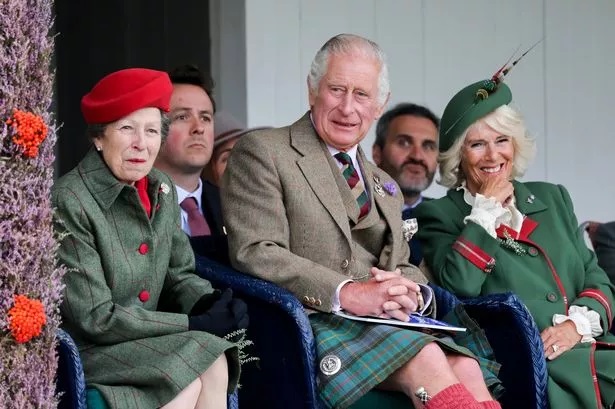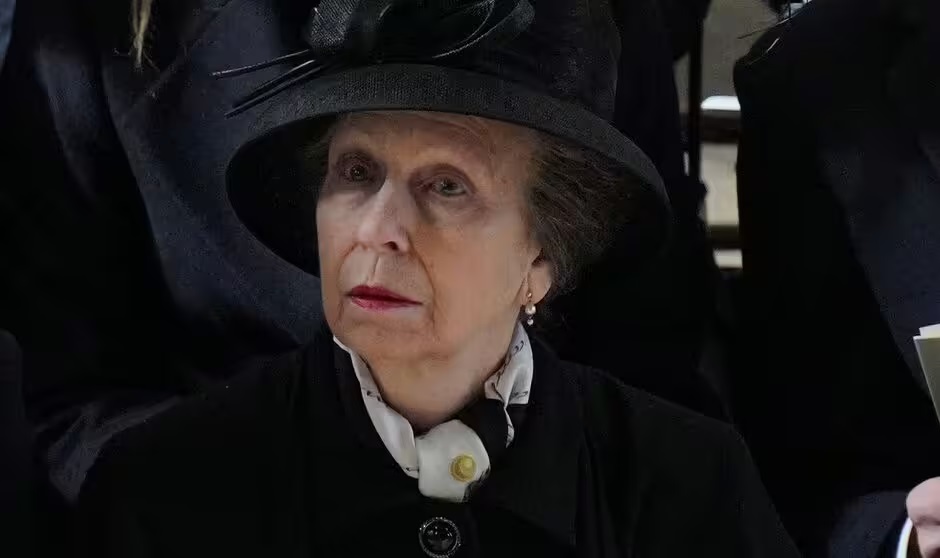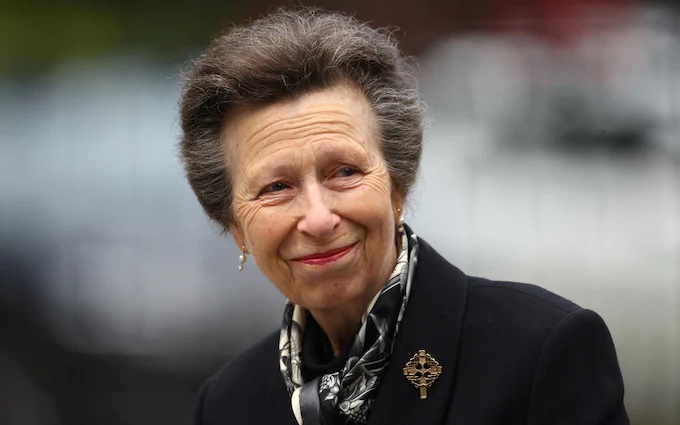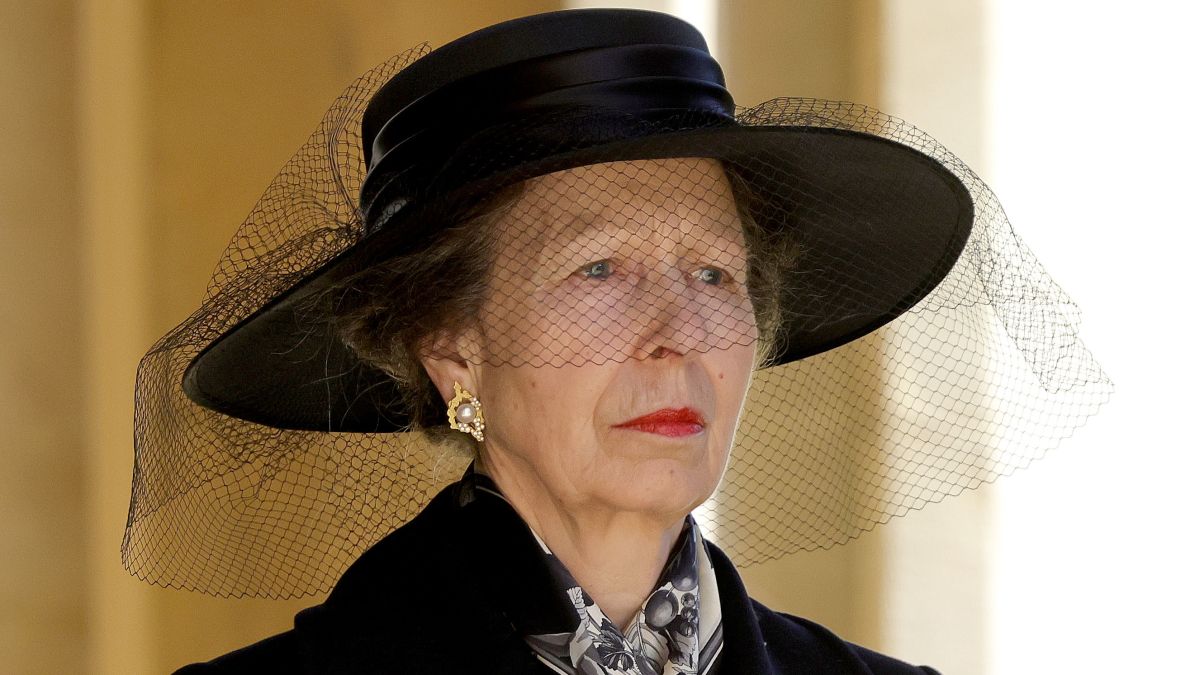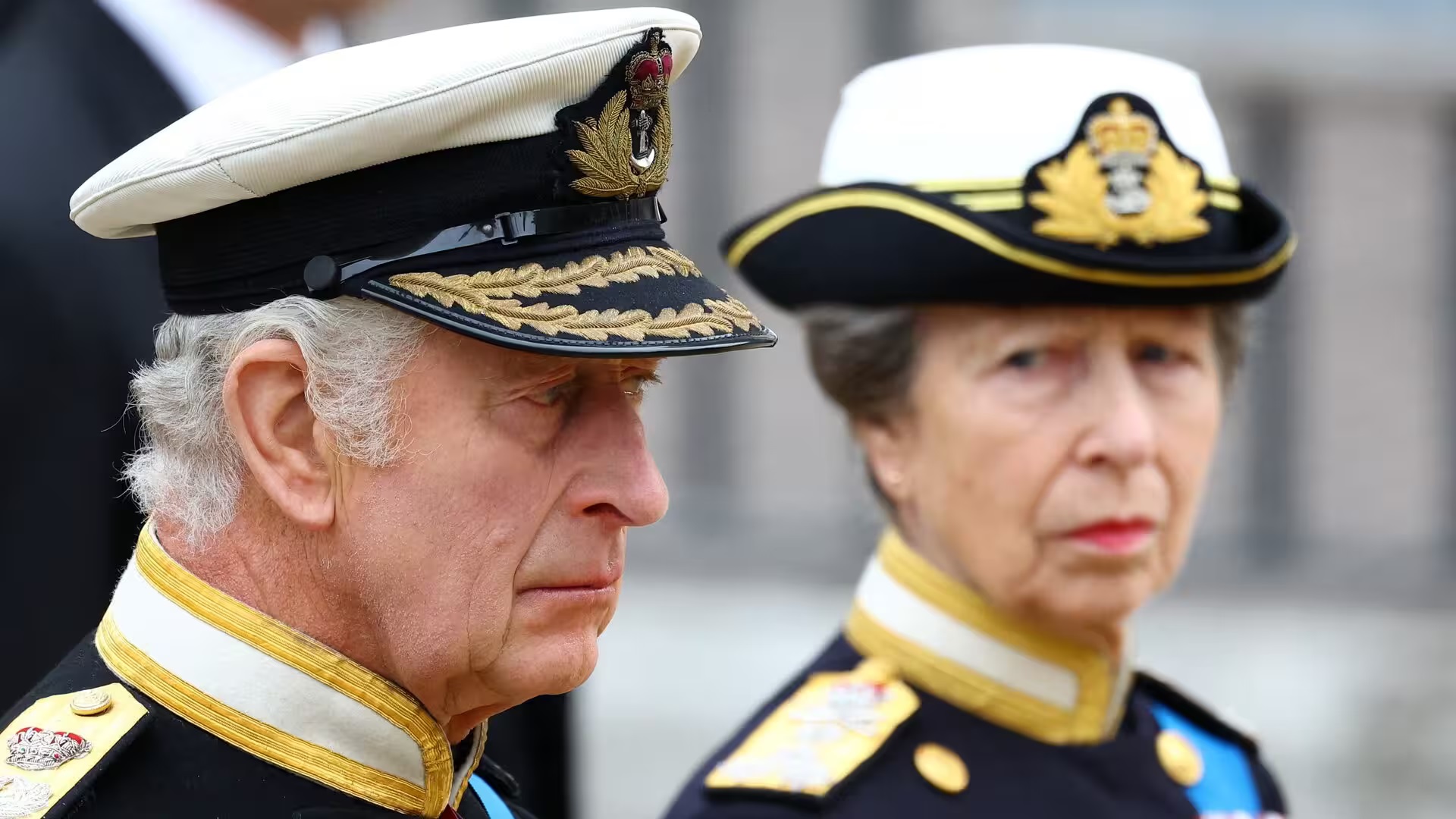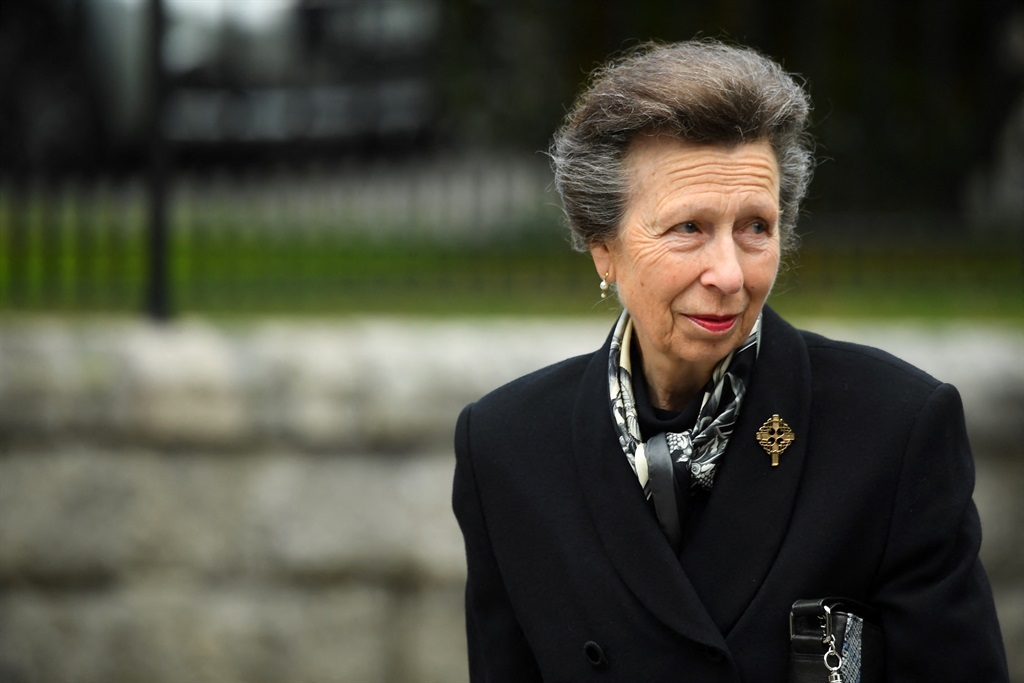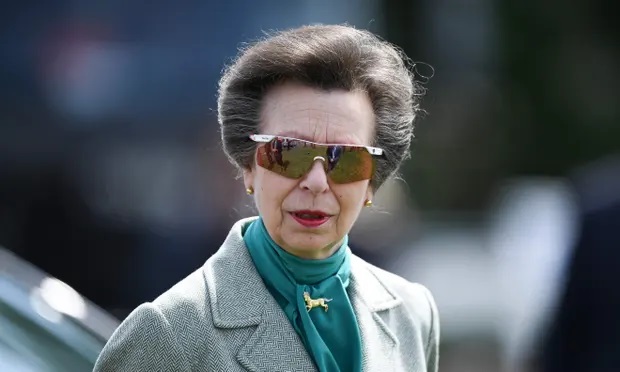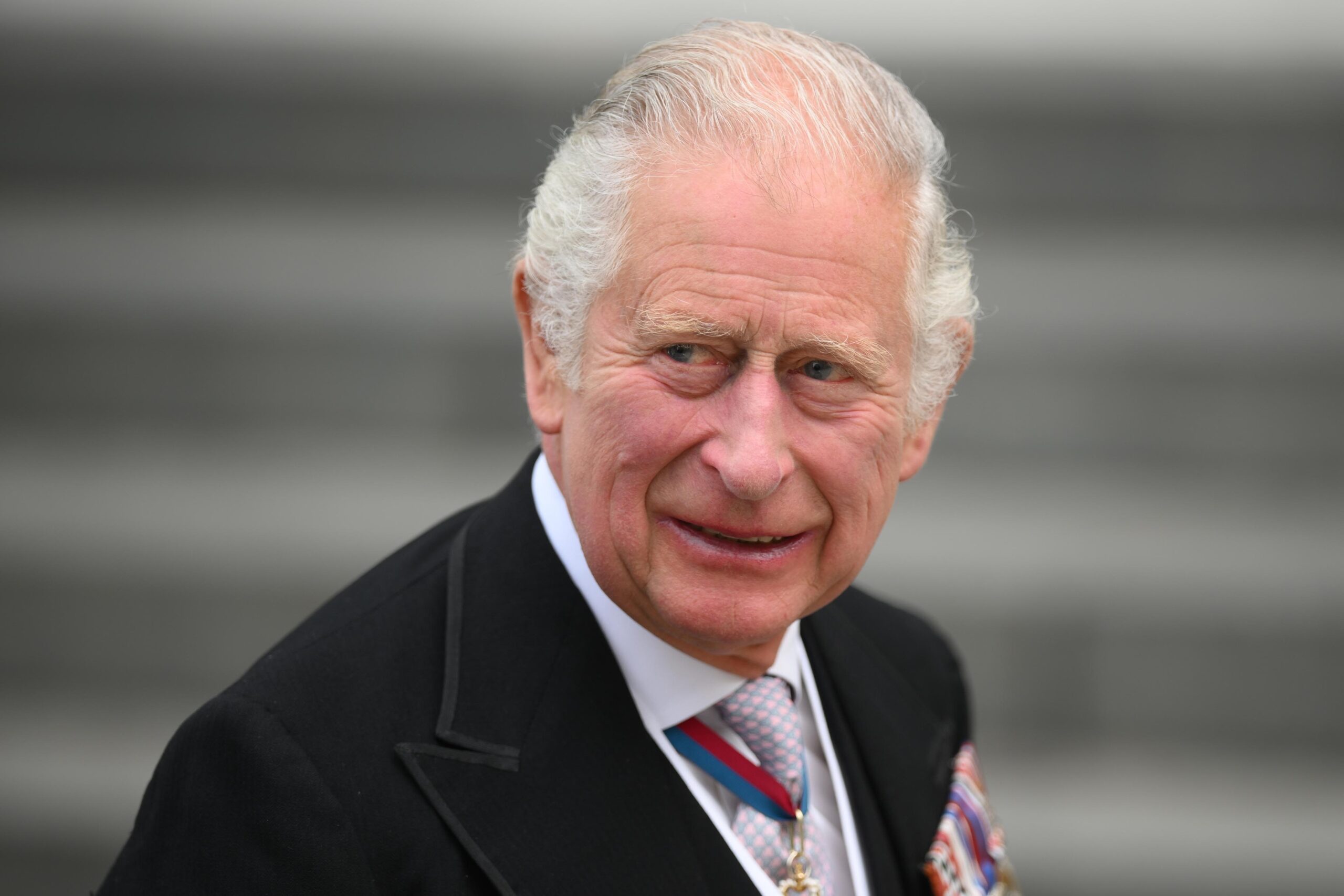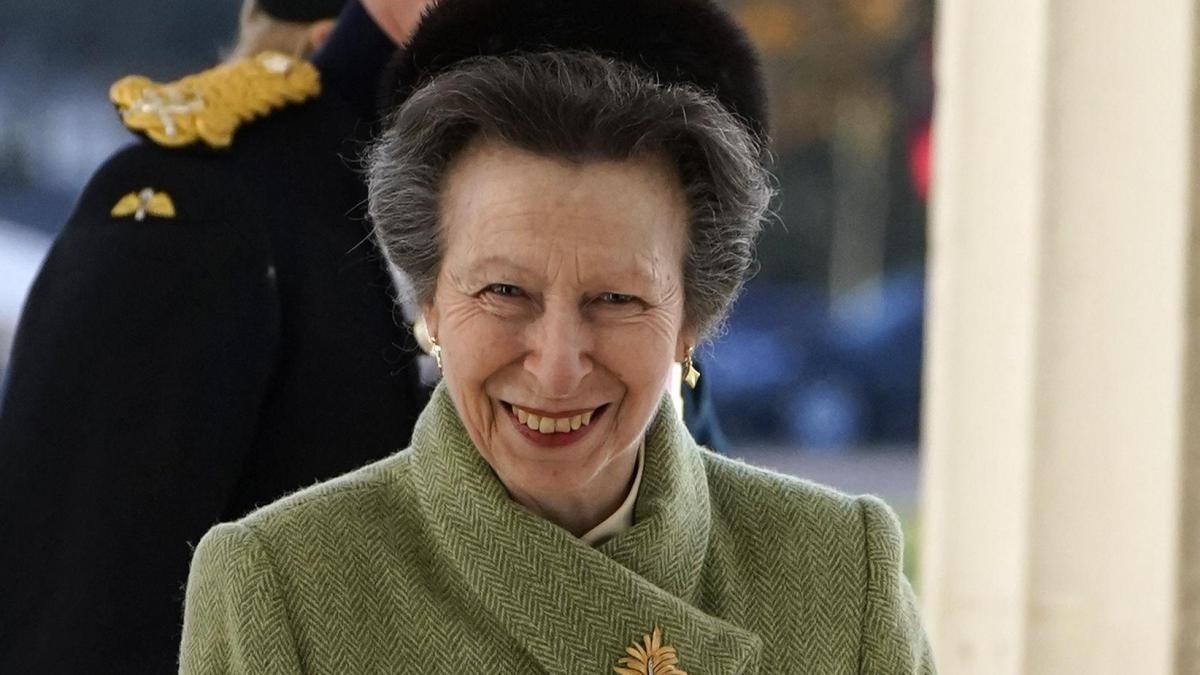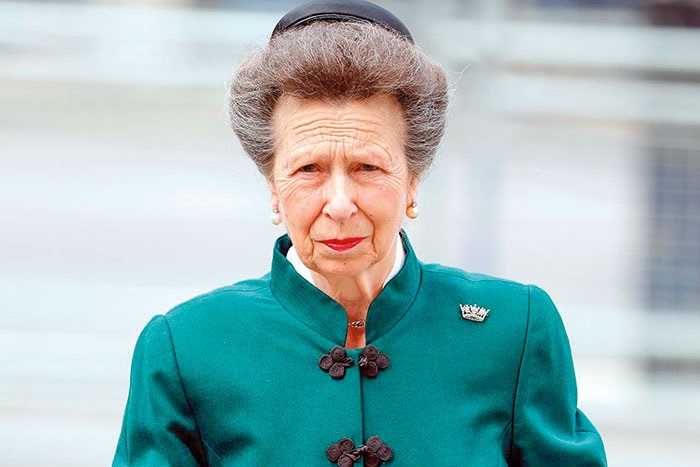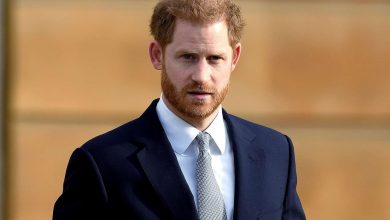How Princess Anne Saved King Charles III-She is A Saviour Indeed
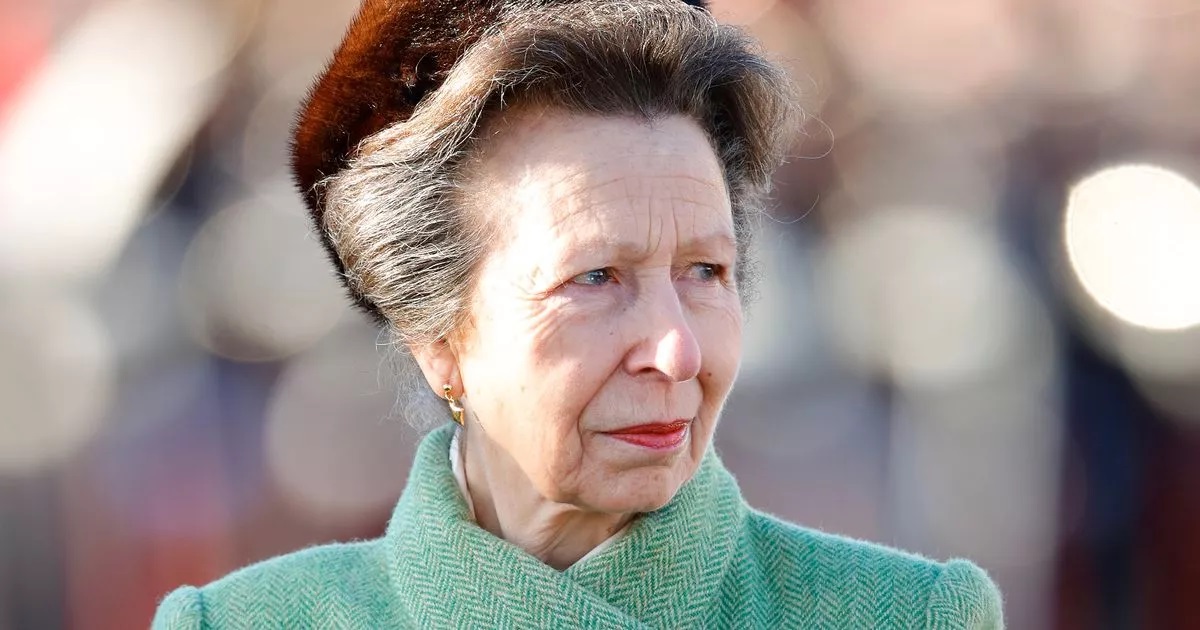
It was an announcement that shocked the nation, but within hours of news of the King’s cancer being made public, it was business as usual for the monarch’s only sister. At 11am on Tuesday morning, the 73-year-old Princess Royal held a two-hour-long investiture at Windsor Castle. Then she spent the afternoon in Nottinghamshire, visiting a health care centre, before returning to London for a prize-giving ceremony in the evening.
It wasn’t the first time the Princess had held an investiture, nor was it a last-minute change to her diary: she had already agreed to take on the ceremony as a result of the King’s hospital treatment for an enlarged prostate. But what was entirely characteristic was her willingness to step into the breach in support of a much-loved brother, just as she previously supported her mother, Elizabeth II. For many years, the royal brother and sister have been Britain’s hardest-working royals by a country mile. Both are workaholics who have inherited in full measure their parents’ famed dedication to duty.
Last year, the Princess pipped His Majesty to the top spot, notching up 457 engagements against the King’s 425. This year, for reasons no one would have wished, she will probably do so again. At a time with a slimmed-down monarchy, where several senior royals undertake fewer engagements than the jam-packed diaries that were standard 20 years ago, Princess Anne is every bit as busy as her parents once were. Multiple engagements in a single day, sometimes necessitating helicopter flights between fixtures and more than one change of clothes, are not unusual. Like the King, she will skip meals to fit as much as possible into overcrowded days.
Yet, as we have seen this week, the Princess Royal can always find the time to come to the King’s aid, his rock. As she strides imperturbably through her eighth decade, neither she nor her office is making concessions to her age. The pace of her working life hasn’t noticeably altered – as unchanging as her instantly recognisable hair-do and the slender figure that allows her to recycle clothes bought years ago. In today’s smaller monarchy, the hard-working Princess Royal occupies a unique position. After the Queen, she is the highest-ranking royal woman of her generation.
Like Camilla, she enjoys the King’s trust as well as his admiration, reasons for her prominence as Gold Stick in Waiting at last year’s Coronation. The Palace described the ceremonial role, which saw the Princess ride behind the King and Queen’s coach, as a tribute to her “loyalty and unwavering devotion”; she herself joked that it was equivalent to “the original close protection officer”.
At the King’s first State Opening of Parliament in November, she took on the same role for a second time. Today the Princess Royal is seventeenth in line to the throne. At the time of her birth in August 1950, which was announced with a 21-gun salute in Hyde Park, she was third in the line of succession, following her mother and her brother Charles, who was born in 1948. For many seasoned royal watchers, following events surrounding the death of Elizabeth II in September 2022 in which she played a key role, and observing her evident closeness to the King, the Princess has regained her former prominence. This is reflected in her soaring popularity ratings. In an Ipsos poll released last week, she emerged as the nation’s third most popular royal, after the Prince and Princess of Wales.
It was Anne who accompanied her mother on the solemn journey home as the late Queen’s body travelled from Balmoral to London. In a moving statement, she wrote at the time: “It has been an honour and a privilege to accompany her on her final journeys.” She added that “witnessing the love and respect shown by so many” over the course of that long journey had been “both humbling and uplifting”. For many of those who saw that historic journey, either in person or on television, some of that love and respect was undoubtedly for the Princess herself.
For Anne, the journey was both a daughter’s sad farewell and an act of duty willingly undertaken. For more than 50 years, her willingness to get on with the job in hand has won her widespread plaudits. So has her no-nonsense manner and her lack of stuffiness. In bad times, like the aftermath of her divorce from Mark Phillips, she has avoided self-pity. Like her parents – and in contrast to some younger royals – she has also avoided anything that smacks of self-absorption or indulgence. The Princess Royal is frequently praised for her down-to-earthness.
Practical and energetic, she became the first member of the Royal Family to acquire an HGV licence, and once drove at Silverstone. She also inspires loyalty and affection in those closest to her. Like the late Queen, the Princess has a large number of ladies-in-waiting. Ten of her ladies-in-waiting have worked for her for more than three decades, while several have carried out the role for more than half a century. Above all, Anne has a reputation for being dependable, a quality that has never been more necessary than now.
The King acknowledged his admiration and respect for his sister at the beginning of his reign. Within months of Charles’s accession, he had initiated changes to the Regency Act that saw Anne return to an official role she last exercised 20 years earlier. The Counsellors of State Bill of 2022 made both the Princess Royal and her youngest brother Edward counsellors of state. A counsellor of state is someone authorised to carry out the monarch’s constitutional duties, like giving the royal assent to legislation or holding Privy Council meetings. It applies when the monarch is absent, usually on an overseas visit, or incapacitated by illness.
Previously, the monarch’s spouse and the four royals next in line of succession served as Counsellors. The inclusion of Anne and Edward bypassed problems associated with Prince Harry and the Duke of York carrying out these duties. In both cases, their appointment also reflected the trust the King places in them. It was a feeling shared by the late Queen, who signalled her admiration for her only daughter by bestowing on her the title Princess Royal. Princess Anne is only the seventh Princess Royal in British royal history.
The title is traditionally given to the eldest daughter of the monarch, but it is not automatic. The previous Princess Royal, George V’s sister, Princess Mary, died in 1965, but the Queen did not immediately give the title to Princess Anne, who was only 15 at the time. Instead the award came in 1987, when the Princess had resoundingly proved herself. By then, she was associated with some 300 organisations, including charities and the armed forces across the Commonwealth. In particular, she had won praise for her active and engaged presidency of Save The Children.
It’s appropriate that, of all the members of the Royal Family, the Princess Royal should be the first to come to the King’s aid and steady the ship of monarchy during the current troubles. Brother and sister are one another’s first and oldest friends, they are united in their view of the monarchy’s purpose and role, and they share active, busy public lives. Among the hopes of the late Queen was that the Princess Royal should have a key supporting role during Charles’s reign, a hope that has been amply realised. Eighteen months ago, commentators described Anne as the new King’s secret weapon. This week, the secret’s out.
